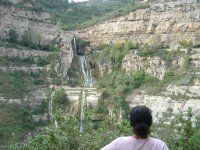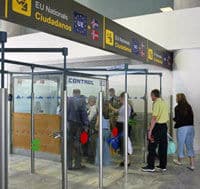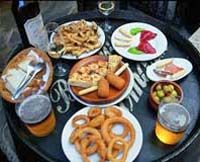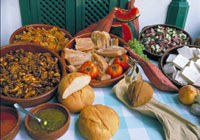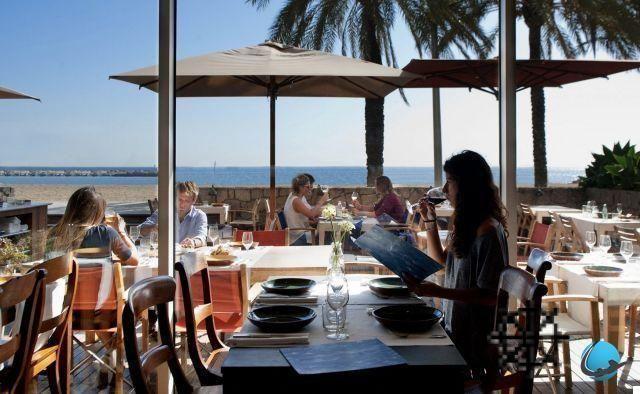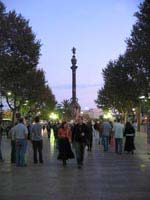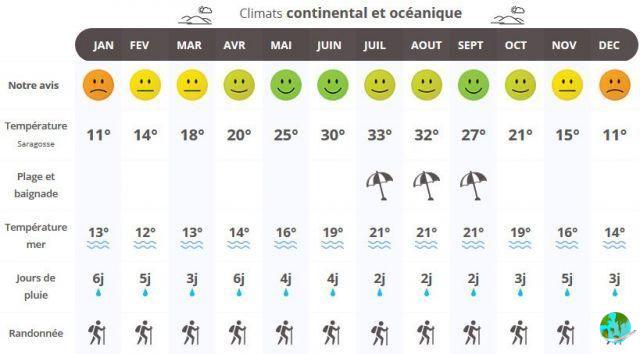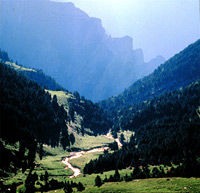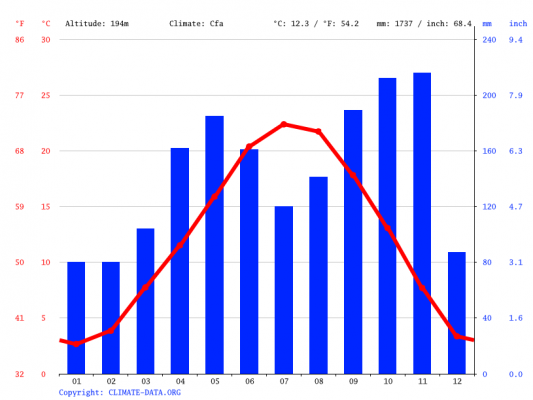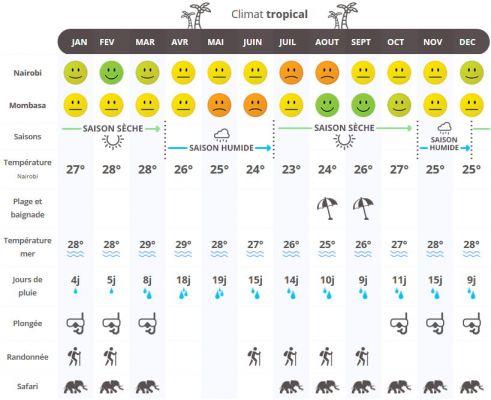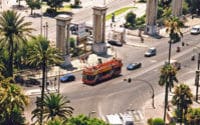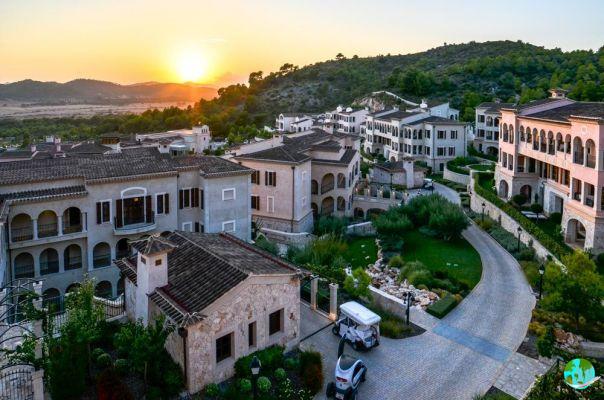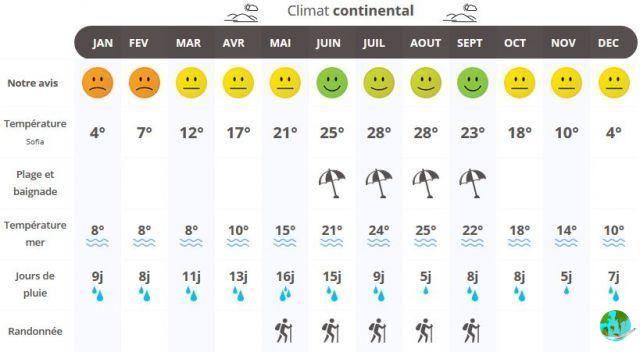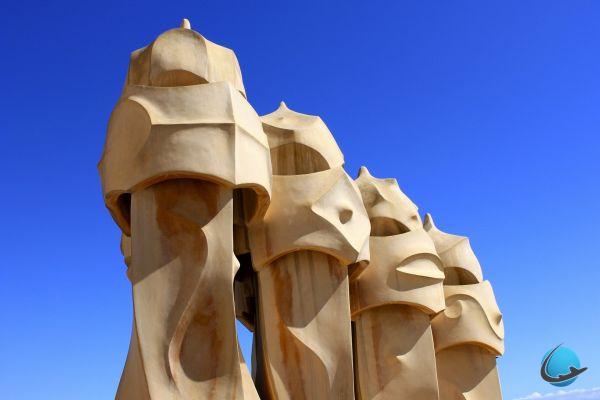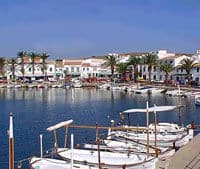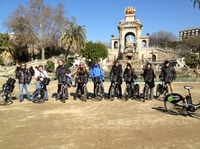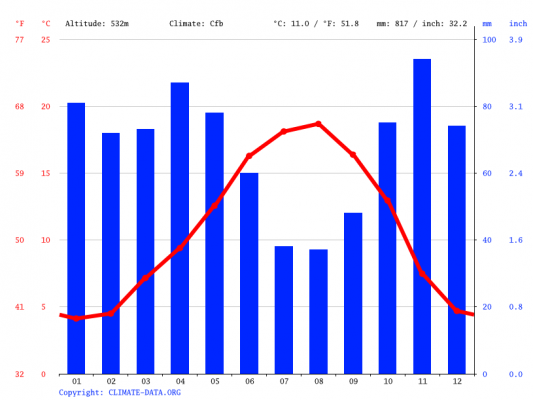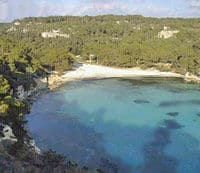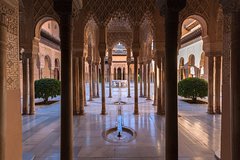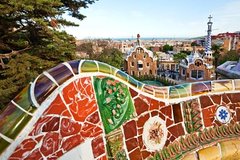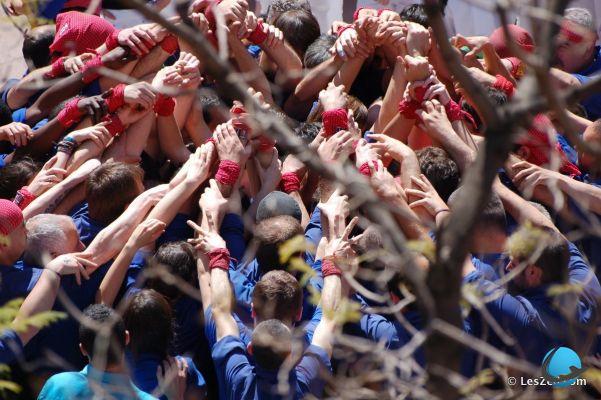
Barcelona is one of the most attractive and cultural cities in Europe, it attracts a significant number of travelers every year by its location, its mild temperatures, as well as its food. But its origins, history, heritage and traditions are just as enriching to discover. Here is a summary of the essential things to know about this city in Spain.
Catalan culture
With an identity that has been built and enriched over the centuries, Catalonia is proud of its culture which is regularly manifested in Barcelona.
Catalan language
Catalan is the very expression of Catalan identity. Its existence dates back to the 10th century and has its roots in Latin. You should know that Catalan is spoken by 10 million people in Catalonia, Andorra, the Balearics, Aragon, but also in Sardinia and Roussillon.
In Barcelona, its importance is immense since all the street names are in Catalan. The people of Barcelona speak it among themselves and it is not uncommon for a merchant to answer you in English if you speak to him in Castilian (Spanish). You will also realize that some words are common in the French language such as "thank you", an expression that is always useful!
The castellers
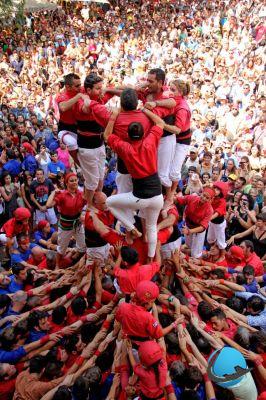 Barcelona Castellers
Barcelona Castellers
The castellers ("castles of men" or "human pyramids") are an ancient Catalan tradition dating back to the 18th century. The villages compete in competitions which reward the most stable and the highest of the pyramids.
You may have the chance to admire them and tremble at this spectacular and cultural activity that requires its participants to combine balance and physical strength. To do this, check with the Barcelona Tourist Office to find out the dates of these events, which often take place in June at Plaça Catalunya, Plaça Sant Jaume or in other squares in popular neighborhoods.
Football Club Barcelona
The "Barça" was created in 1899 by a young Swiss, Joan Gamper. Quickly the club won several trophies at national and international level. It was not until 1957 that the Camp Nou stadium was built to accommodate more than 90 spectators. Very great players have played for the club in the Blaugrana colors (Johan Cruyff, Diego Maradona, Ronaldinho…).
Football Club Barcelona is the emblem of the city and present in the hearts of all Barcelona residents. Indeed, beyond the sporting aspect, it symbolizes the political rivalry between Barcelona and Madrid. A visit to the club's museum at Camp Nou allows you to take stock of this.
Tapas
 Tapas in Barcelona
Tapas in Barcelona
It is a tradition spread throughout Spain. Nevertheless, tapas bars are legion in Barcelona and some have the particularity of offering only regional products like those found in the Boqueria market. Certainly the best way to discover the high quality of Catalan gastronomy.
Geography: between sea and mountain
A little knowledge to start
The territory of Barcelona, a coastal city on the shores of the Mediterranean Sea, consists of three heterogeneous areas: the Collserola mountain, whose summit, Tibidabo, rises to 512 meters, the plain and the deltas of Besòs and Llobregat.
Several hills dominate the coastal plain, the most famous of which is Montjuïc (173 meters high). The climate is Mediterranean, the temperatures are pleasant all year round.
Surrounded by the sea on one side and the mountains on the other, Barcelona is a dense city. For a long time, it developed in a sustained and sometimes anarchic manner. But in recent years, a reflection has been carried out in favor of a more sustainable development (energy saving, soft energies and solar in particular).
Nevertheless, Barcelona can be delighted with a long-standing policy of planning numerous parks inside (eg Parc Güell) and beyond (eg Parc de Collserola) its borders which make it a relatively green city. . It is an integral part of its heritage.
An attractive city
Barcelona is located in Catalonia of which it is the regional capital; the landscapes of the city and its agglomeration are highly industrialized (automobile, electronics, chemicals, textiles, agrifood). Making the most of its coastal location, the port of Barcelona is one of the most historic in Europe for goods and passenger reception.
All these elements make Barcelona a very attractive city for Spaniards and foreigners. Thus, Barcelona is the second largest city in Spain in terms of population. It is populated by approximately 1,62 million inhabitants, and its metropolitan area has 4,84 million people.
History: the rebellious city
The history of Barcelona is marked by multiple conflicts due to the interference of the Spanish state in local affairs. Today, this city of character has found a balance between autonomy and openness to the world, to become today a European capital in its own right, rich in its heritage and its mythology.
Barcelona: ancient period
Archaeological excavations have revealed the Roman origin of Barcelona, probably created in the 1st century BC. Remains bear witness to this ancient past such as the ramparts, the temple of Augustus or the necropolis. The City History Museum allows you to take stock of this era.
Gothic Barcelona
The real rise of Barcelona dates back to medieval times: the city is expanding its borders. Until the 17th century, the surrounding walls absorbed the “Villas nuevas” built outside the original territory and the agricultural lands of Raval. A city of Gothic architecture results from it (the current Gothic Quarter or “Barri Gòtic” in Catalan) with as urban center the place of Sant Jaume. The craft industry is developing, Barcelona is thus transformed into a port and commercial center influencing the whole Mediterranean. Nevertheless, the discovery of America and the increase in trade through the Atlantic marked the decline of an east-facing city.
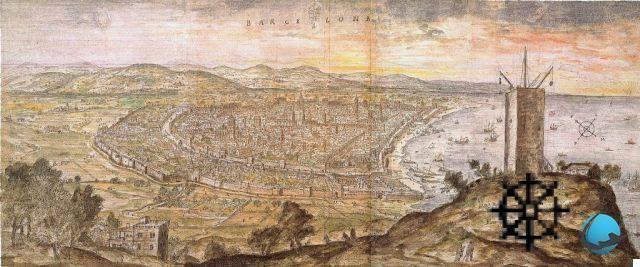 Image of Barcelona dating from 1563
Image of Barcelona dating from 1563
Neoclassical period
The neoclassical period was marked by political unrest even as the city found a second lease of life economically. Two wars ended in defeats marked the 18th century: the War of Succession (1714) and the war against Napoleon (1808). Nevertheless, Barcelona is finally taking advantage of the new world by attracting a number of freshly imported cotton factories. It is also from this century that important urban projects are carried out such as the fortress of Ciutadella, the urbanization of Raval and Rambla, as well as the renovation of the main streets of the city.
Modern Barcelona
From the proclamation of the Constitution of Cádiz in 1812 to the Republic of 1873, Barcelona actively participated in the social and political movements that arose in Spain. Revolts, strikes and other confrontations symbolize the strong tensions of the city which, at the same time, is industrializing. The workers' movement is strong there and allows the creation of powerful unions (UGT, CNT), as well as an influential anarchist network.
Avant-garde Barcelona
To respond to social unrest, Barcelona is turning into a modern city under the impetus of major avant-garde urban projects symbolized by Gaudi, but more generally initiated during the Universal Exhibition of 1888. However, the political unrest that marked Spain and the identity claims of Catalonia lead the city to confront the Spanish state militarily and to pay the price. From 1936, the city sinks into poverty, punished by the Franco dictatorship for its attachment to republican values.
From the Olympic Games to today
Barcelona will take a long time to recover from its dark years. It was the hosting of the Olympic Games in 1992 that restored its image. A major urban renewal was carried out and allowed the organization of an event that has become a model of its kind. Since then, Barcelona have enjoyed an extremely attractive image.
Barcelona is today a new city, deeply rooted in Catalan culture (institutions specific to the region reside there: Consell de Cent and Generalitat), Mediterranean, multicultural and open to the world. The city is particularly attached to its status as European capital, as a revenge on a sometimes chaotic national past.
Gaudi: man does not create, he discovers
Antoni Gaudi is the face of Barcelona. Its imprint is present everywhere for the greatest pleasure of the eyes.
Remarkable beginnings
Antoni Gaudì ì Cornet was born on June 25, 1852 in Reus (Catalonia). Graduated from the Barcelona School of Architecture in 1878, he distinguished himself from his schooling by original drawings. It was in 1883 that Gaudì's creativity and genius were to express themselves fully thanks to the construction of the Casa Vicens. Then comes the Art Nouveau movement from which it is inspired as much as it deviates from it; he initiated the modernist current, specific to Spain.
His creations merge architecture and furniture in a clever mix of rounded and dynamic shapes, asymmetrical figures and bright colors.
From architect to genius
The stylistic revolution operated by Gaudì was possible thanks to the financial and intellectual support of Eusebio Güell for whom he realized several buildings in Barcelona. The most famous are Palau Güell, Casa Milà and Parc Güell, all three listed as UNESCO World Heritage.
1883 is an important date in the biography of the master. Indeed, it was that year that he was chosen to build the Sagrada Familia, considered the major work of his career.
Built from pharaonic plans, many twists and turns hamper the project until Gaudi's death on June 10, 1926. The cathedral remains unfinished until today despite private grants to complete work still in progress.
A belated recognition
Gaudì's work was terribly criticized by many of his contemporaries. It was only after his death that he was recognized for his true worth. Today he is the symbol of the heritage of Barcelona and all of Catalonia, of which he was also a nationalist militant of the first order. It rests today in the crypt of the Sagrada Familia.
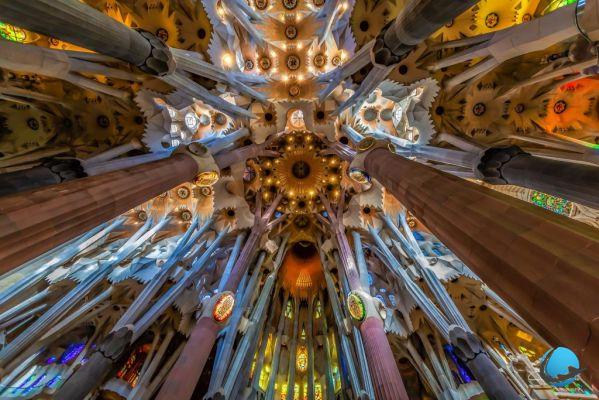 La Sagrada Familia in Barcelona
La Sagrada Familia in Barcelona
Barcelona: a well-balanced city
This city is fairly balanced between the well-presented architecture, the gardens and parks where it is good to stroll, the attractive food, and parties at all times ... Not to mention the proximity to the beach. Its history and its well-imbued culture are just as enriching during a trip. If you want to know more about Barcelona, do not hesitate to consult our other articles on the destination.




